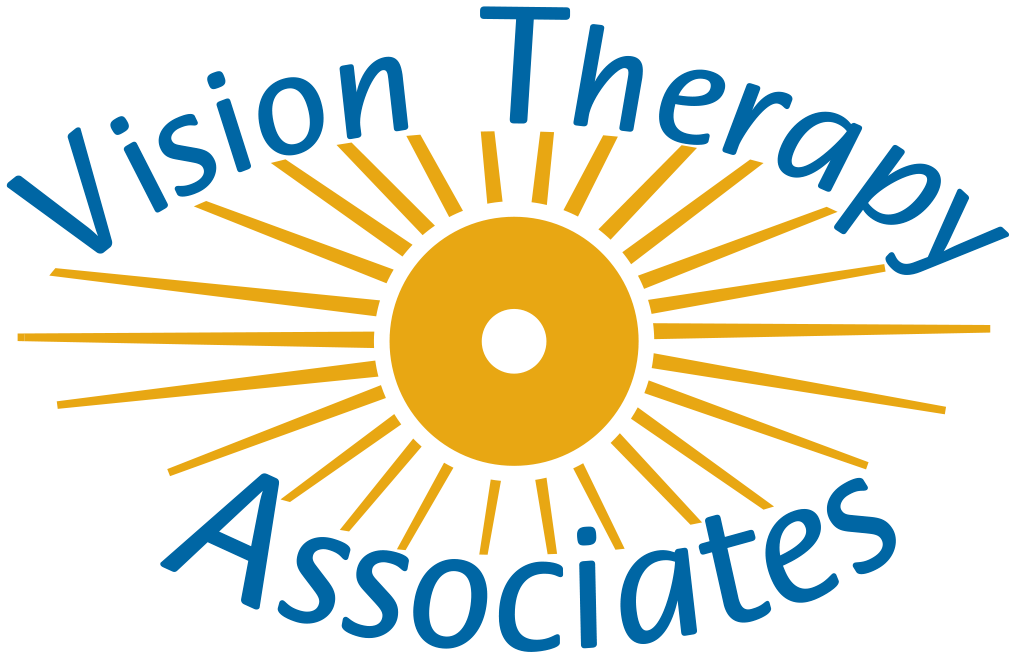Success Stories
I often get questions about whether a particular patient would be appropriate for vision therapy. So I would like to share success stories with you, in order to give you the full range of who vision therapy can help.
A 10 year old fourth grade student presents for a routine exam with complaints of occasional double vision. She loves to read and is doing great in school, but her eyes tire out, and she has to use her finger to help keep her place with reading. She was referred for a vision therapy evaluation by a WEA optometrist.
I found an intermittent exotropia with a near point of convergence of 6 inches, and greatly reduced fusion ranges. She also had hypometric saccades, and slow accommodative responses.
After 24 in-office vision therapy sessions, she no longer has any double vision or tired eyes, and is now the fastest reader in the class. She still is a bit exophoric at near, but can easily converge to her nose, and has outstanding fusion ranges. Her saccades are up to a 12 year old level, and focusing is full strength.
The patient and the parents are delighted!!!
A 5 year old Kindergarten student was referred by a local "hero" optometrist for an amblyopia (lazy eye) he had been treating for the last two years. She had been wearing glasses full time for two years, and patching for 2 hours every day for the last year. In this time, her acuity had improved from 20/200 to 20/60, but was no longer improving.
After 6 months of vision therapy, her visual acuity is up to 20/25 plus half of the 20/20 row. Her eyes are now working well together as a team, her eye movements are at a 9 year old level, and she is reading at a third grade reading level.
Both she and her parents are excited about not having to wear the eye patch any more!!!!!!
An 83 year old man falls off the curb on his bicycle, and lands on his face. He needs reconstructive surgery on his orbital wall, and is left with double vision 4 weeks after the surgery. His plastic surgeon refers him for a consultation regarding prism, and/or vision therapy.
I found his eyes to be out of alignment both vertically, and horizontally. I fit a temporary prism on his glasses to compensate for his vertical misalignment, and recommended vision therapy. Within 6 weeks, he was driving, and playing cards with no double vision. He still had double vision when looking down to read, and fatigue with reading.
After another 8 weeks of vision therapy, he has no complaints about his eyes or vision. We had new lenses made with the prism ground in, and 6 month later he is doing extremely well. His case demonstrates how beneficial vision therapy can be in the rehabilitative process. He came into our office wearing an eye patch, unsteady on his feet, and is now back to riding his bike, and living his active lifestyle (at 84 years old).
Zach, a fourth grade student, is referred for vision therapy because of intermittent blurred vision, and struggle with reading. I found he had poorly developed eye movement coordination, and eye teaming. These were, no doubt, interfering with his ability to tackle any type of paperwork. He could not comprehend what he was reading, he kept losing his place, and homework took FOREVER!
After just 13 weeks of vision therapy, this once shy young man, is reading on his own for the first time, and enjoying it! He is catching up in his reading, and both reading, and spelling grades have improved dramatically. He no longer complains of his eyes tiring or blurring. His parents are thrilled, and so are we!
Zach is a case of vision therapy opening up a world of reading enjoyment, and confidence in general. I cannot wait to see how well he is doing after we finish his program...
A 15 year old presented for an annual examination with parental concerns about her tennis game. She was having considerable difficulty telling when the ball was in or out of bounds, and was often times hitting the ball when it was clearly out of bounds, causing her to lose many a game.
I found she was having difficulty with her eye alignment at distance. There was a slight tendency for her eyes to turn in. This was causing her to look somewhat nearer than where the ball actually was, thereby misjudging the ball's location.
We worked for three months, seeing her every week, and giving her activities to practice at home. Some of these were done outside, and on the tennis court when possible. Her re-evaluation was done last week, and her parents were extremely pleased, as was our teenager. She rarely misjudges when the ball is out of bounds!!!!!
We clearly know that superior athletes have superior visual skills in eye teaming, focusing, and eye movements. Here was a case where inferior visual skills were causing inferior athletic performance.
About Vision Therapy Associates
Our mission is to provide the ultimate patient care in the field of Behavioral Optometry in order to enable our patients to see their potential, in a friendly, professional environment.
Our Location
Address
2649 Carnegie Rd, York, PA 17402
Phone
(717) 741-5531
Email
